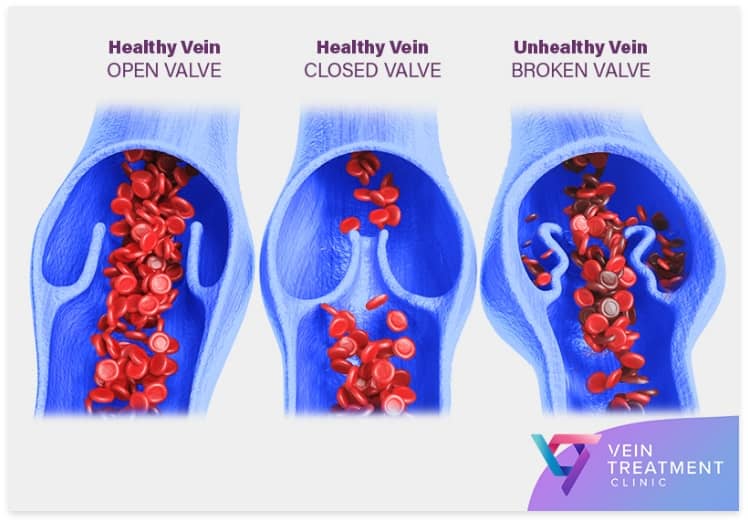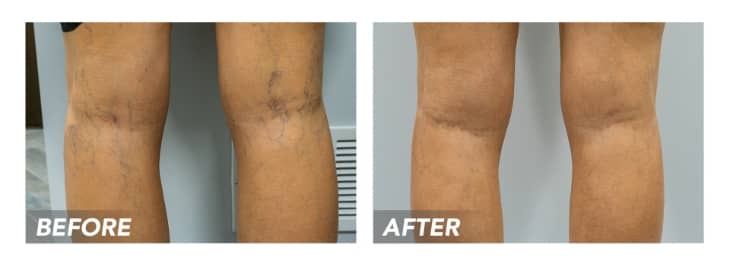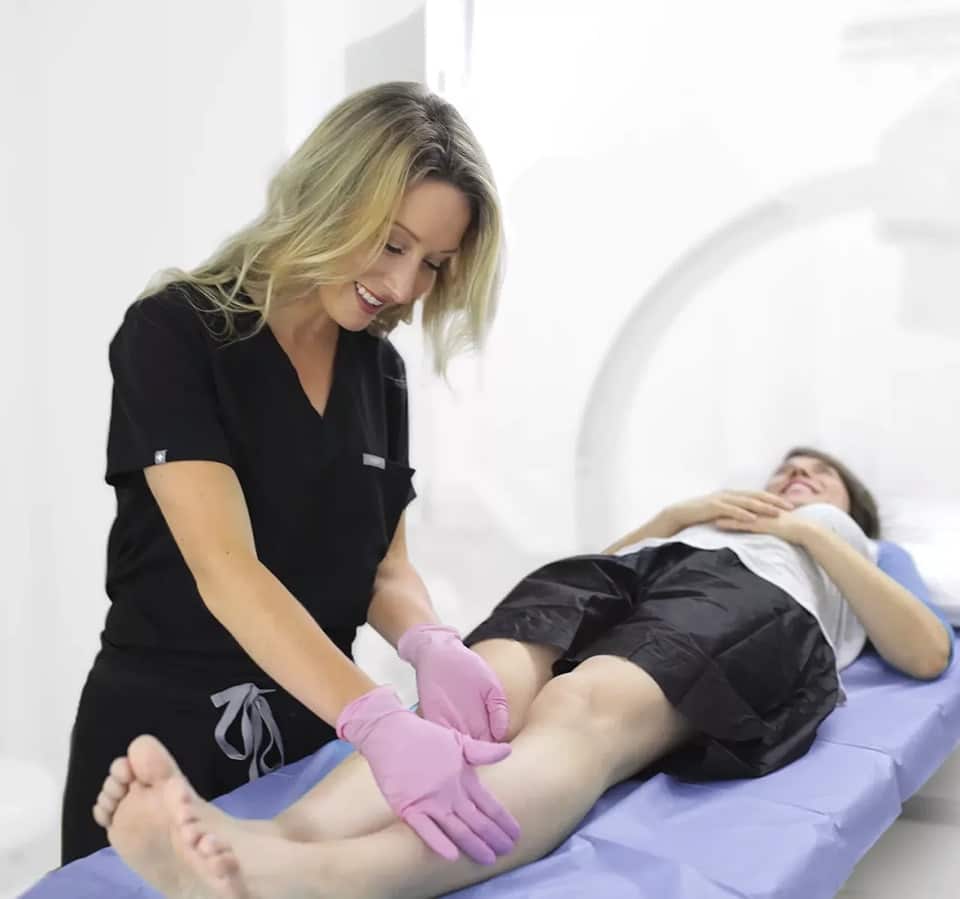About Sclerotherapy
Sclerotherapy is a minimally invasive procedure wherein sclerosant medicine is used to treat spider veins. This procedure involves injecting a sclerosant solution into spider veins to fuse their walls, turning them into hardened scar tissues eventually absorbed by the body. The accumulated blood, meanwhile, reroutes into healthier leg veins to restore optimal blood circulation. Sclerotherapy is the ideal treatment for spider veins and small varicose veins.
How Does Sclerotherapy Work?
During your sclerotherapy treatment, your vein doctor will elevate your legs to inject sclerosant into the visible spider veins and small varicose veins. The sclerosant medicine induces a chemical response upon contacting the blood in your veins, making your spider veins shrink and harden into scar tissues. The accumulated blood reroutes into healthier leg veins with functional vein valves. Meanwhile, the hardened spider veins get reabsorbed by the body until they’re no longer visible on your skin’s surface.
Sclerotherapy is an in-office and outpatient procedure that concludes within 10 to 30 minutes, depending on the number of spider veins and their size. After the procedure, the vein doctor applies pressure on your veins while you stand up to prevent blood from accumulating in your leg veins. Finally, you have to wear compression stockings for a few days to ensure optimal blood circulation.

Is Sclerotherapy Uncomfortable?

What are the Side Effects of Sclerotherapy?
The following are the potential side effects of sclerotherapy:
- Common Side Effects: Mild swelling, pain, and discomfort from the injection
- Rare Side Effects: Allergic reactions, hyperpigmentation, and capillary dilation
- Very Rare Side Effects: Skin necrosis, arterial injection, deep vein thrombosis, migraine, infections, and vasovagal reflex
What are the Pros and Cons of Sclerotherapy?
Pros of Sclerotherapy
Cons of Sclerotherapy for Spider and Varicose Veins
Try our FREE Health Insurance Coverage Checker by filling out this form:
